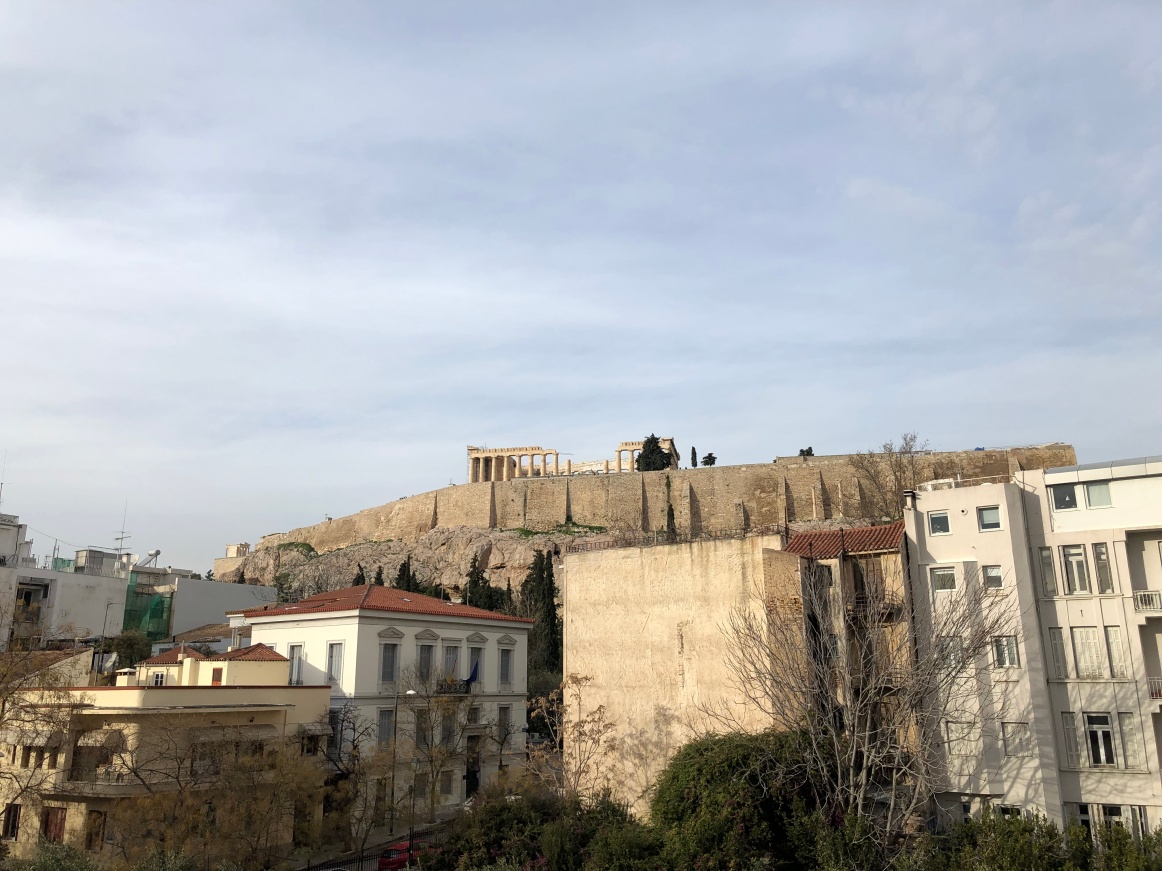We are a hybrid of our parents. We are a hybrid of two or more ethnicities passed down from our parents, but can we learn to be a hybrid? Can we learn to be a hybrid of American and Greek cultures while in Greece for one month?
While we will never be Greek, we can adopt the traits of the Greek people and grow from our experience abroad. I can’t think of a better way to be a more compassionate, understanding, and caring person than to experience the life of someone so different. I like to think of a hybrid as “the best of both worlds”. Every second in Greece is a chance to soak up the lifestyle and reflect how a mix of American and Greek cultures could create a better person.
Within my first couple days in Greece, I can’t help but notice the overwhelming generosity of others. Even more surprisingly, people are generous to “Us Americans”. It is no secret that we can be stereotyped as we travel abroad, but the Greeks have welcomed us with arms wide open.
Every morning the class gets coffee and breakfast at the same place. Our very first morning, we were pleasantly surprised to receive a delightful strawberry tart. This pattern repeated every day and it was always a mystery as to what treat we could receive each day.
I am sure you have read other posts about this magical café, but it shows how impactful Kekko has been to all of us. Demitrios (a prominent worker at Kekkos) is an example of kindness that is hard to find and we could all be a little more like him. I hope to go home and practice generosity and humbleness like that shown as Kekkos.
I can imagine other students traveling abroad this January are experiencing new and different cultures that enhance their education at PLU. Each individual experience in Greece, England, or the Bahamas is drastically different than our traditional lives in the US, but as we come back together on campus and share our stories, we get a glimpse into another life. From the vendors at the farmers market to the clerk at the pharmacy, there is a deep respect for kindness that is a refreshing change.






